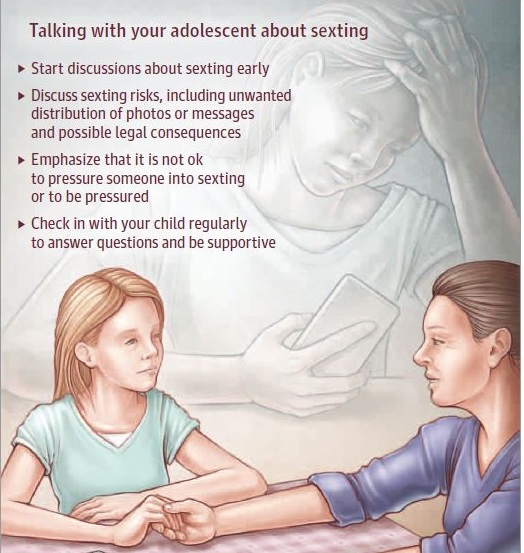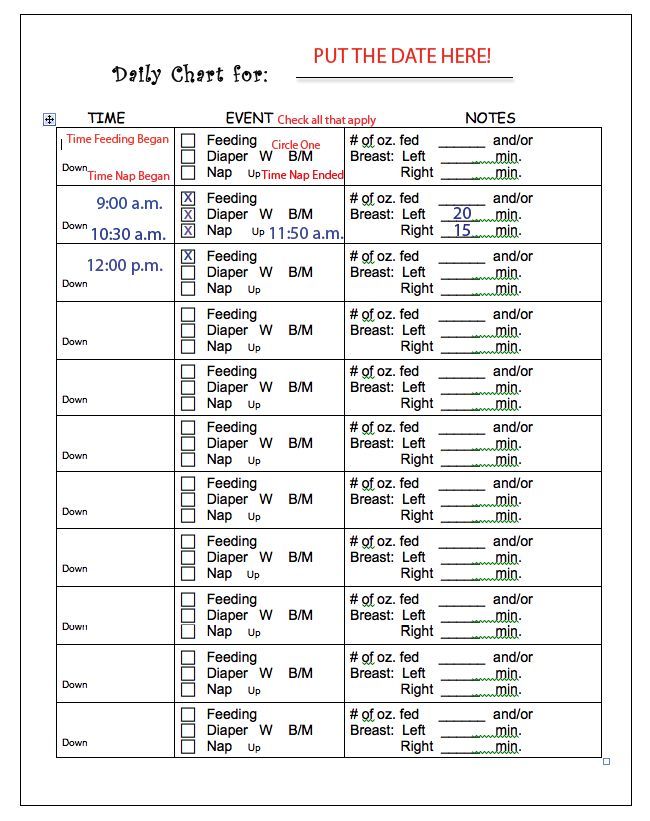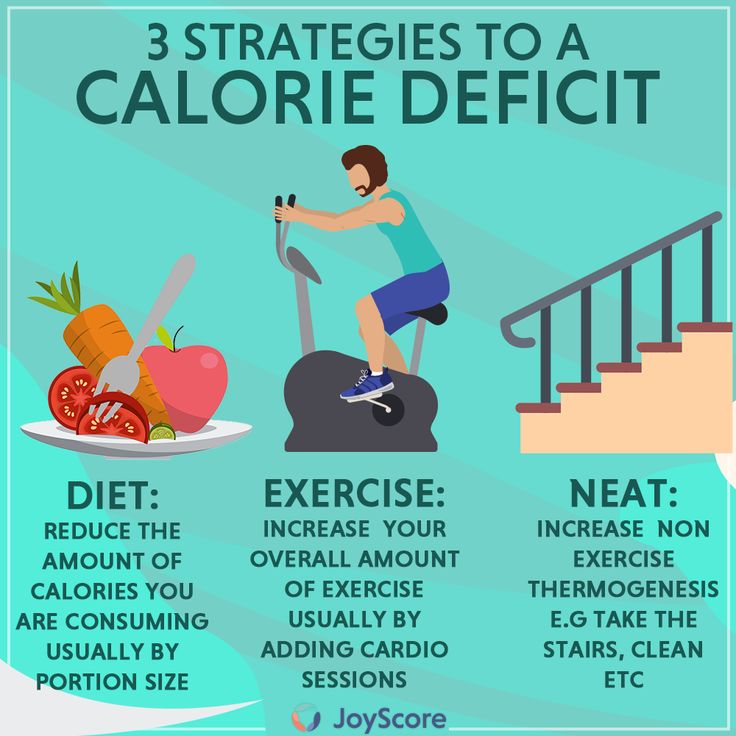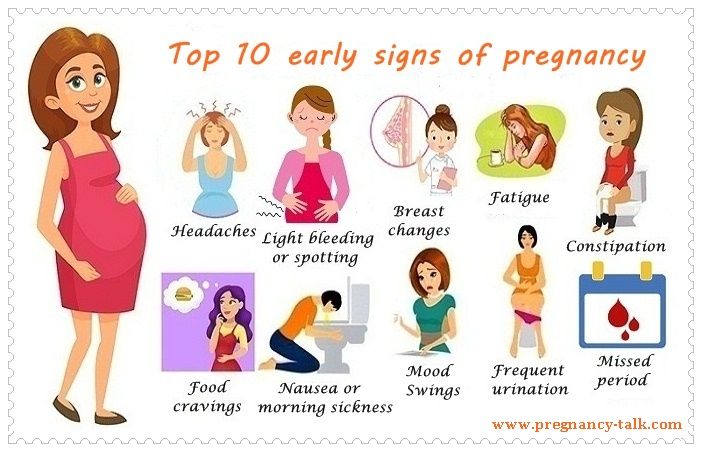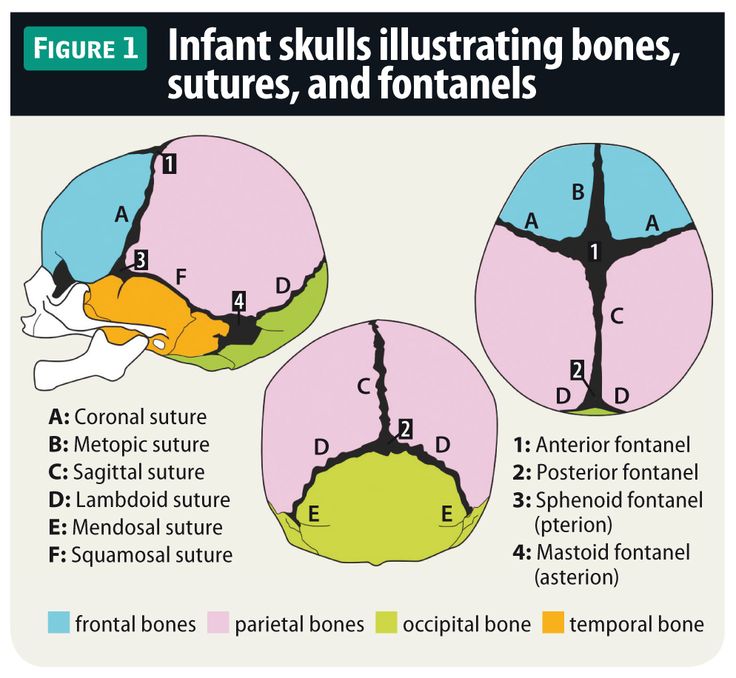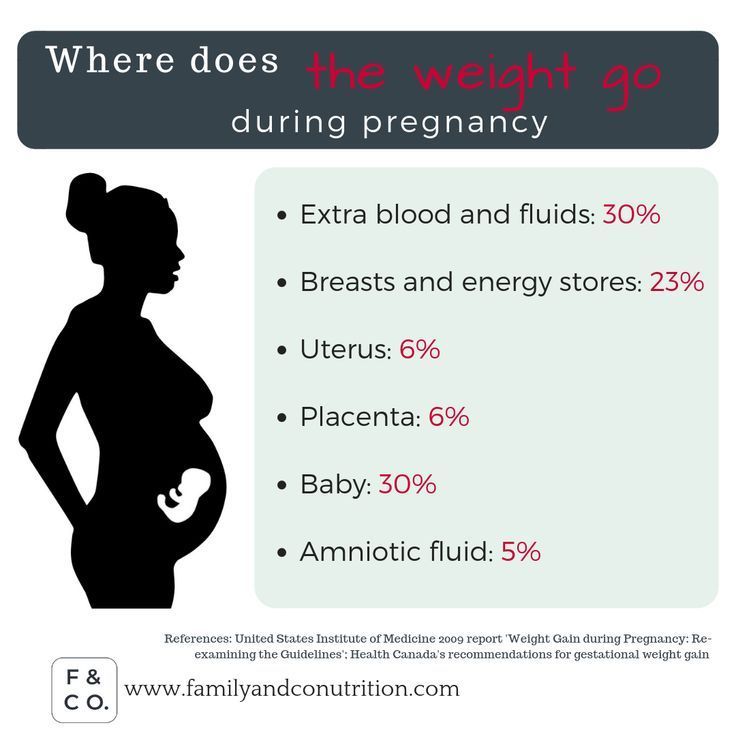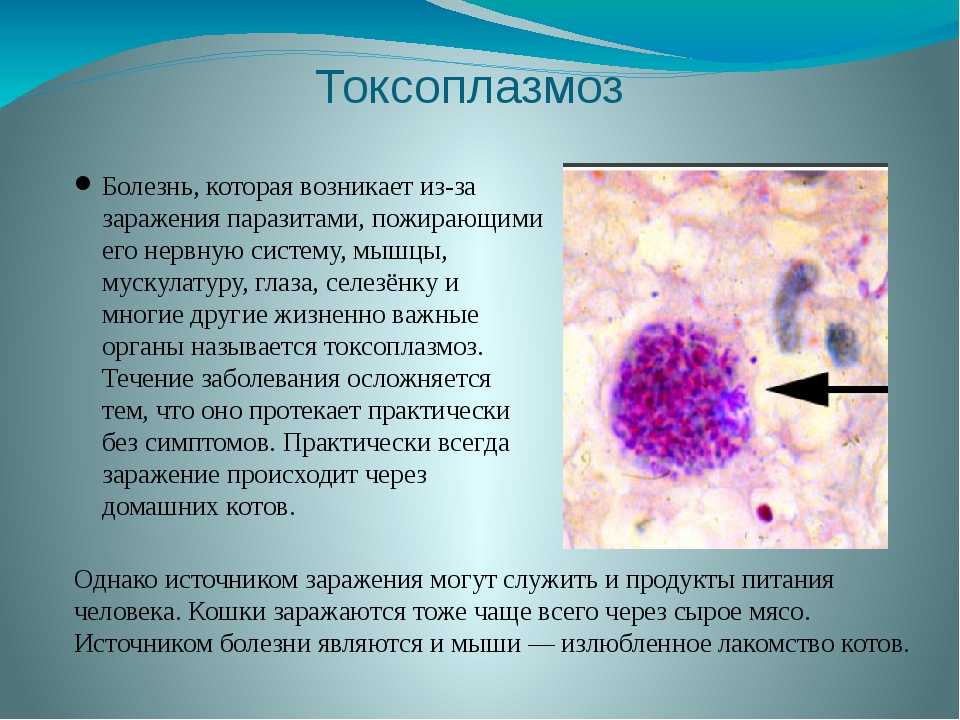How to become a child and adolescent therapist
How to Become a Child Counselor
Children and adolescents progress through many life changes and challenges in their family, peer groups, schools, and other environments. Treating young clients requires appropriate training, a special level of patience and the ability to connect with both children and their families.
Children and adolescent counselors provide their clients with coping skills to achieve emotional and mental health. The challenges facing their young clients include attention disorders, learning difficulties and behavioral issues, as well as the emotional impact of divorce, death, serious illness, or emotional trauma brought on by child abuse, familial issues or bullying. Teenage clients also present a wide array of concerns such as dealing with peer pressure, eating disorders, self-mutilation, drug abuse, sexual confusion, depression, anxiety and in some cases the early signs of a serious mental illness.
Northwestern University
The Family Institute at Northwestern University
infoMaster of Arts in Counseling
Earn a CACREP-accredited master’s in counseling online from top-9 ranked1 Northwestern University.
1U.S. News & World Report: 2022 Best National University Rankings
- CACREP Accredited
- Earn your MA in Counseling from Northwestern in as few as 18 months
- Accelerated full-time, traditional, or part-time tracks available
New York University
NYU Steinhardt School of Culture, Education, and Human Development
infoMaster of Arts in Counseling for Mental Health and Wellness
Aspiring mental health counselors are prepared to pursue licensure with NYU Steinhardt’s MPCAC-accredited online counseling master’s. Students can earn their degree in as few as 21 mos. GRE not req.
- Prepare to become a mental health counselor
- Accredited by the MPCAC
- As few as 21 months to complete
- GRE not required
Professional and mental health counselors that work with children and adolescent populations are experienced and educated from many different backgrounds.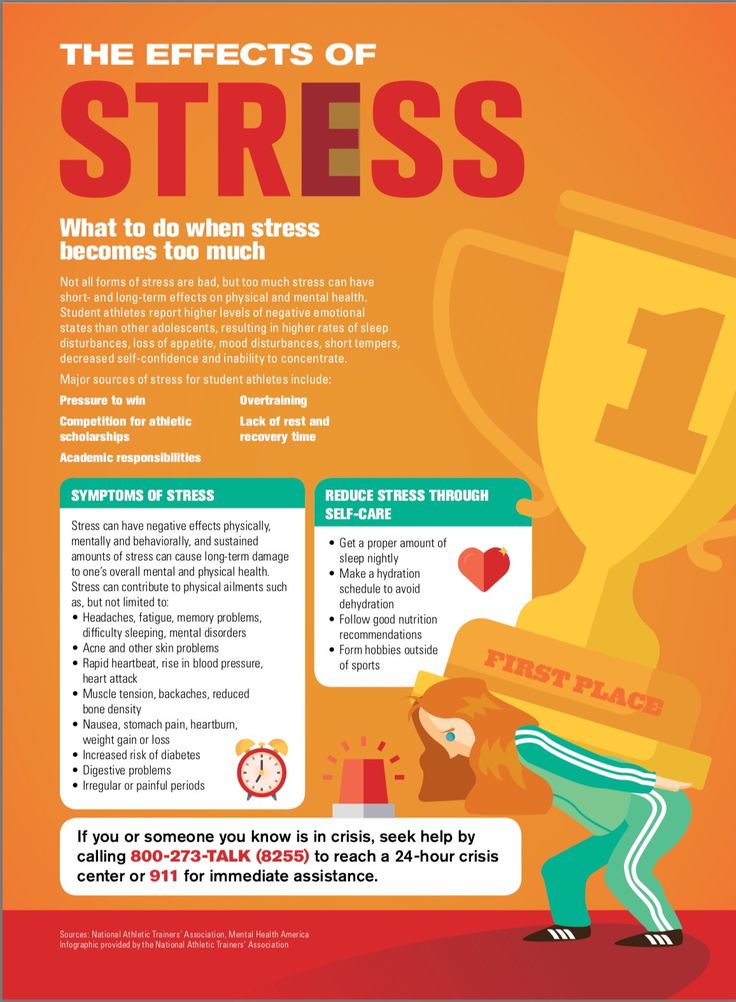 Some may be licensed professional counselors, others clinical mental health counselors or even child psychologists. Child and adolescent counselors may take a holistic approach to treating their clients that may include counseling with the young client’s parent(s) or relevant family members. The counselor evaluates a young client’s frame of mind, while exploring their family dynamic, social circle and schooling to understand how their everyday environment impacts their mental health.
Some may be licensed professional counselors, others clinical mental health counselors or even child psychologists. Child and adolescent counselors may take a holistic approach to treating their clients that may include counseling with the young client’s parent(s) or relevant family members. The counselor evaluates a young client’s frame of mind, while exploring their family dynamic, social circle and schooling to understand how their everyday environment impacts their mental health.
School counselors provide similar support to children but focus more on how their social, personal, and academic development affect their experience with education. School counselors should obtain their master’s degree in school counseling rather than specialize in child and adolescent counseling/therapy. While both careers address the same populations, each approach concerns in a different manner.
Some of the concerns that children and adolescents may present in counseling sessions may include:
Child and adolescent counselors encourage clients to discuss their daily experiences and emotions and help them process their reactions and adjust to major life changes, such as divorce or death. A skilled and successful practitioner will teach their clients to develop skills to change their behavior, cope with life’s challenges, and make good decisions. Often a child and family counselor will coordinate treatment with other practitioners, such as a psychiatrist and/or social worker. As appropriate, they will refer young clients to treatment facilities or community programs.
A skilled and successful practitioner will teach their clients to develop skills to change their behavior, cope with life’s challenges, and make good decisions. Often a child and family counselor will coordinate treatment with other practitioners, such as a psychiatrist and/or social worker. As appropriate, they will refer young clients to treatment facilities or community programs.
Step 1: Complete a bachelor’s degree in a behavioral, social science, psychology field, or another field.
Earning your bachelor’s degree in psychology, social work, or another behavioral field is typically the first step. Some students may enroll in counseling or psychology courses to learn about child development theories, counseling skills, human development, and approaches to child therapy and counseling.
Step 2: Earn a master’s degree in counseling with a focus on child and adolescent development.
Child and adolescent counselors earn their master’s degree in counseling or a related field to fine tune their education with regards to child development theories, counseling techniques with children, review of mental, behavioral, and emotional disorders, educational and psychological testing and measurement, and individual, group, and family therapy.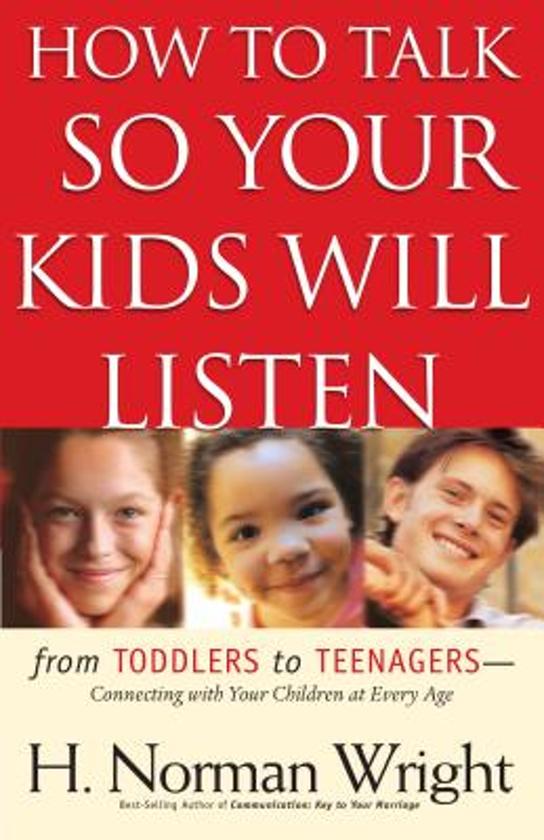
Step 3: Complete graduate and postgraduate internship experience for certification/licensure requirements.
As a crucial aspect of CACREP-accredited counseling degrees, graduate supervised counseling experience allows students to dive into their future licensed role as a child counselor. This experience with postgraduate clinical hours provides crucial insight into work with children postgraduate.
Step 4: Pass any required exams for certification/licensure and apply for licensure.
Some states and/or counseling programs require the passing of a counselor examination for graduation or certification/licensure such as the National Counselor Examination (NCE) and/or the National Clinical Mental Health Counseling Examination (NCMHCE). Check the available licenses and required examinations for counselors in your state through the National Board of Certified Counselors (NBCC).
Step 5: Apply for and earn additional certifications.
In working with children and adolescents, some universities and organizations offer additional certifications, specifically in child psychology, grief counseling, child life, and trauma-informed treatment.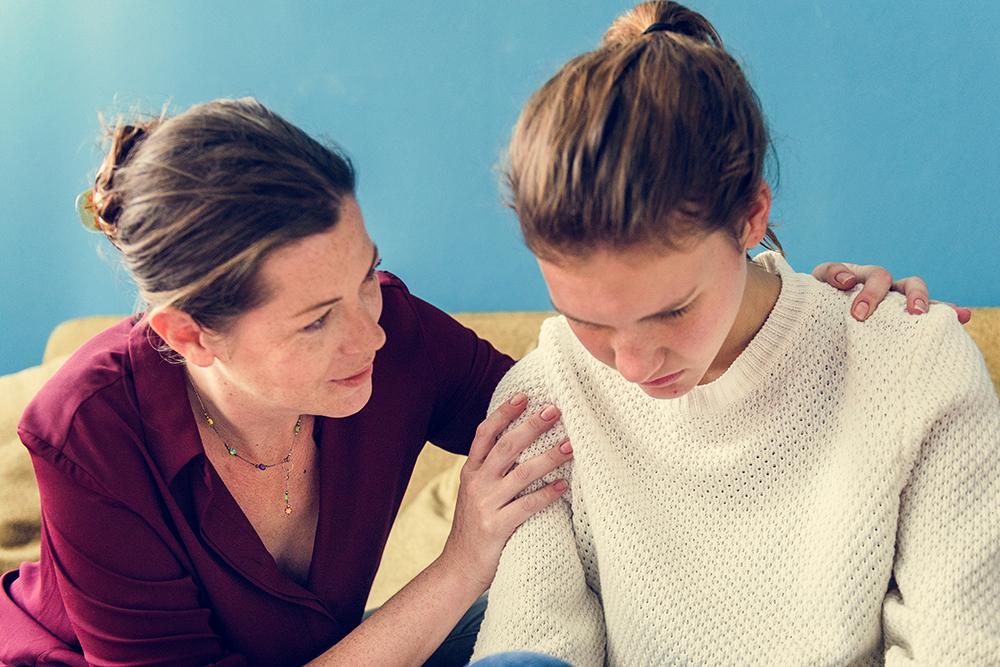
Step 6: Continue your education and stay up to date on child and adolescent counseling trends and changes.
To both maintain state licensure and be relevant in changes and trends, counselors specializing in child and adolescent populations are required to obtain continuing education hours from various formats. The Society for Clinical Child & Adolescent Psychology and the American Psychological Association offer ways for child and adolescent counseling professionals to expand their practice and work with children.
Requirements for a state license typically include completion of a counseling master’s degree program from an accredited university, two years of supervised postgraduate clinical experience and a passing score on a state -administered licensing exam. Additionally, practicing counselors may be required to take continuing education to maintain their license. Specific licensure requirements vary by state. See state license requirements.
Child and adolescent counselors work in a variety of settings, including private practice, mental health centers, public and private schools, residential care facilities, outpatient care centers, psychiatric hospitals and more.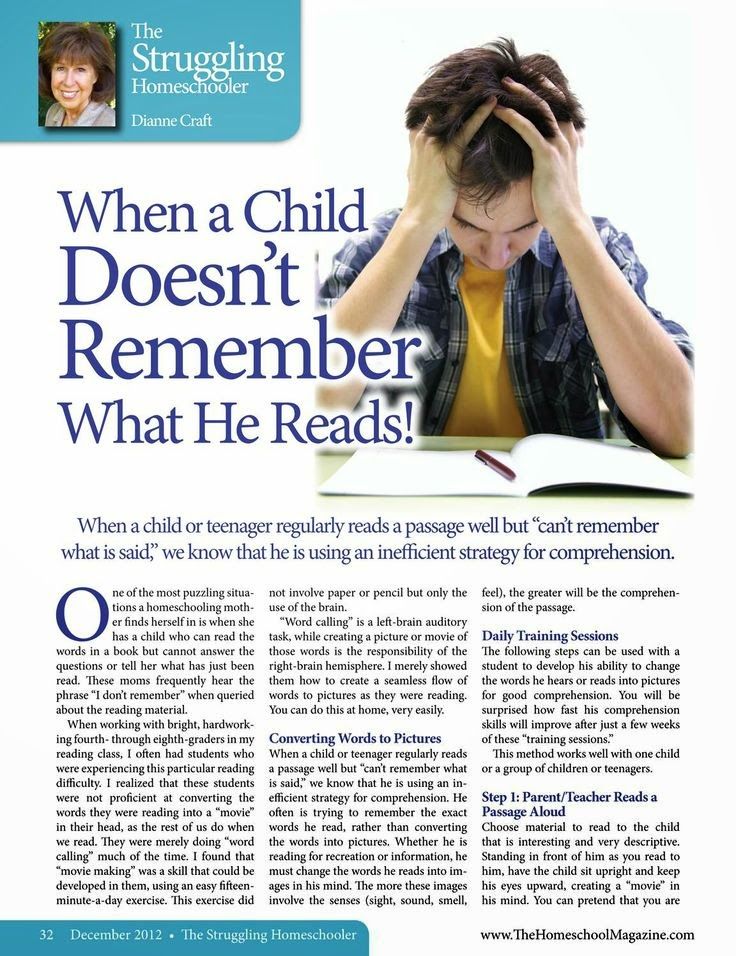 Counseling children and adolescence may be viewed more as a population/demographic preference for counselor’s, therefore, sessions may occur with marriage and family therapists, licensed professional counselors, clinical social workers, or child psychologists. Counseling with this population can also occur in schools with school counselors or psychologists.
Counseling children and adolescence may be viewed more as a population/demographic preference for counselor’s, therefore, sessions may occur with marriage and family therapists, licensed professional counselors, clinical social workers, or child psychologists. Counseling with this population can also occur in schools with school counselors or psychologists.
According to the U.S. Bureau of Labor Statistics (BLS), employment of marriage and family therapists and mental health counselors is projected to grow 23 percent from 2020 to 2030. The BLS also reports that the median annual salary for mental health counselors is about $48,520 and the median salary for marriage and family therapists is about $49,880 as of May 2021.
(Back to Top)
Bellevue University
Master of Science in Clinical Mental Health Counseling
Bellevue, Nebraska
Lock Haven University
Department of Social Work and Counseling
Master of Science in Clinical Mental Health Counseling
Lock Haven, Pennsylvania
Last updated: May 2022
What is A Child And Adolescent Therapist?
A Child and Adolescent Therapist is a counselor with a master's degree in child and adolescent psychology. You may specialize in working with young children and help them overcome issues like anxiety, depression, low self-esteem, stress, and suicidal tendencies. You will evaluate and treat children of all ages with behavior disorders, developmental disorders, addictions, eating disorders, depression, and other conditions.
You may specialize in working with young children and help them overcome issues like anxiety, depression, low self-esteem, stress, and suicidal tendencies. You will evaluate and treat children of all ages with behavior disorders, developmental disorders, addictions, eating disorders, depression, and other conditions.
You will also need to be aware of substance abuse, mental health, and communication, emotional, and problem-solving skills. Child and Adolescent Therapists need to develop and lead DBT base therapy groups for adolescents and children, counsel adolescents and teens with problems, and provide psychotherapy to adolescents in residential treatment facilities.
A Child and Adolescent Therapist needs a master's degree in social science, family and child relationships, or child and adolescent psychology. The career is expected to grow over 10% over the next ten years to produce an additional 81,200 job opportunities. You can make an average of $18.94 per hour or $39,391 per year.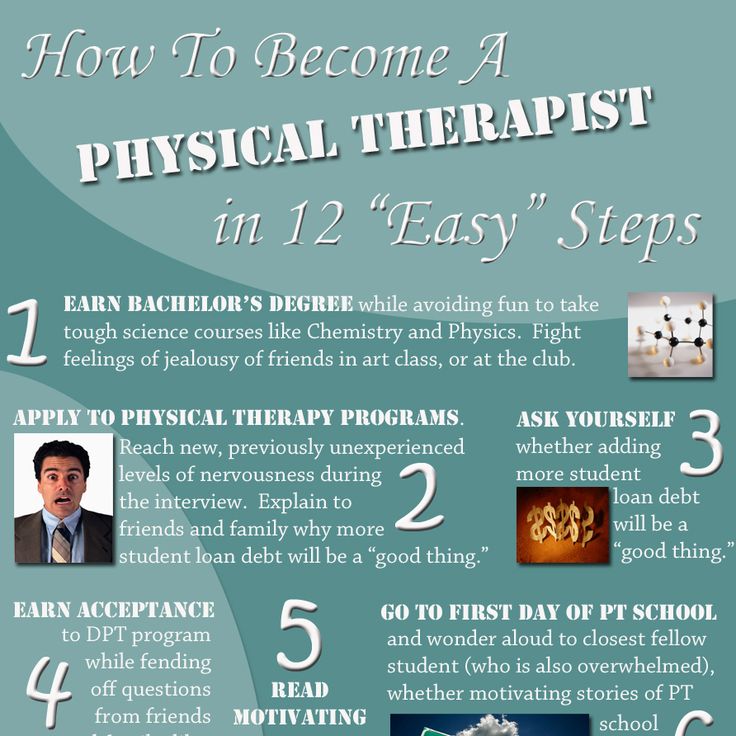 If you choose to advance your career, you will make much more than the $18.94 an hour listed.
If you choose to advance your career, you will make much more than the $18.94 an hour listed.
What Does a Child And Adolescent Therapist Do
There are certain skills that many child and adolescent therapists have in order to accomplish their responsibilities. By taking a look through resumes, we were able to narrow down the most common skills for a person in this position. We discovered that a lot of resumes listed communication skills, emotional skills and problem-solving skills.
Learn more about what a Child And Adolescent Therapist doesHow To Become a Child And Adolescent Therapist
If you're interested in becoming a child and adolescent therapist, one of the first things to consider is how much education you need. We've determined that 46.0% of child and adolescent therapists have a bachelor's degree. In terms of higher education levels, we found that 47.6% of child and adolescent therapists have master's degrees. Even though most child and adolescent therapists have a college degree, it's impossible to become one with only a high school degree or GED.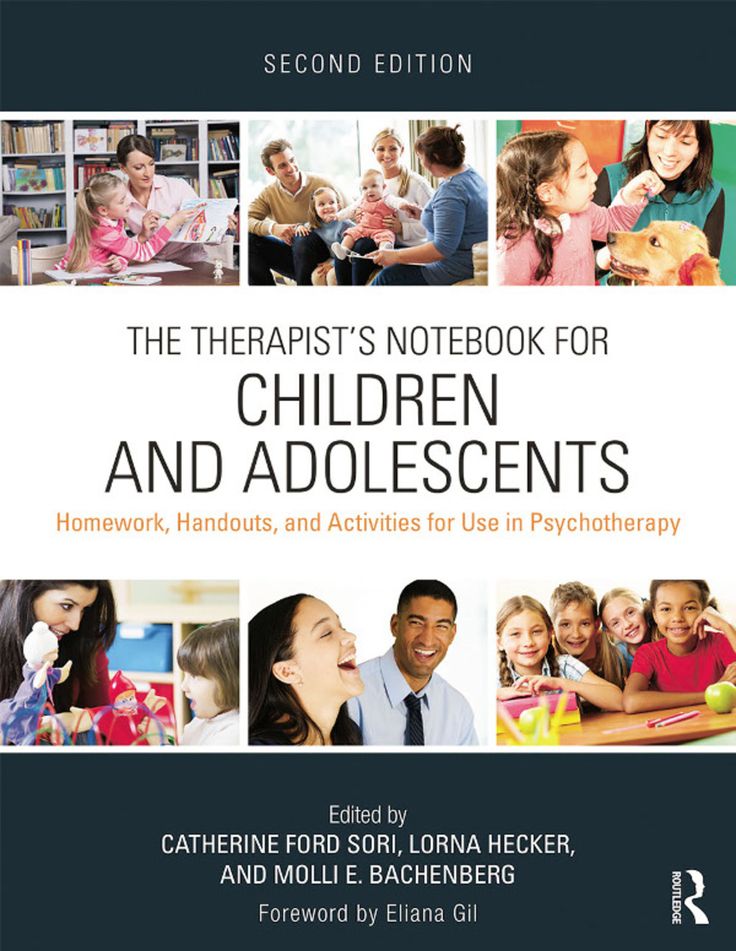
Top Child And Adolescent Therapist Jobs Near You
Child And Adolescent Therapist Career Paths
In addition to switching up your job search, it might prove helpful to look at a career path for your specific job. Now, what's a career path you ask? Well, it's practically a map that shows how you might advance from one job title to another. Our career paths are especially detailed with salary changes. So, for example, if you started out with the role of therapist you might progress to a role such as case manager eventually. Later on in your career, you could end up with the title medical case manager.
Child And Adolescent Therapist
TherapistCase ManagerMedical Case Manager
8 Years
TherapistClinicianCase ManagerDirector Of Case Management
11 Years
TherapistCase ManagerProgram ManagerService Program Manager
9 Years
Social WorkerTeam LeaderProgram DirectorUnit Director
5 Years
Social WorkerService SupervisorProgram DirectorDirector Of Program Services
8 Years
Social WorkerSenior CounselorProgram DirectorDirector Of Residential Services
7 Years
Show More
Top Careers Before Child And Adolescent Therapist
Internship(51,064 Jobs)
17. 4 %
4 %
Therapist(159,770 Jobs)
14.5 %
Social Work Internship(142,426 Jobs)
Top Careers After Child And Adolescent Therapist
Therapist(159,770 Jobs)
25.2 %
Social Worker(77,340 Jobs)
Clinician(105,023 Jobs)
Recent Job Searches
Security Officer Jobs
ResumeLocationSecurity Officer CIS Security Jobs
Account Executive Jobs
ResumeLocationAccount Executive Symplicity Jobs
Direct Support Professional Jobs
ResumeLocationDirect Support Professional United Cerebral Palsy Of Central Pennsylvania Inc Jobs
Internship Jobs
ResumeLocationInternship Farm Credit Services of America Jobs
Tower Technician Jobs
ResumeLocationTower Technician Tower Systems Jobs
Real Estate Broker Jobs
ResumeReal Estate Broker Stan Johnson Jobs
Child And Adolescent Therapists in America make an average salary of $51,346 per year or $25 per hour. The top 10 percent makes over $109,000 per year, while the bottom 10 percent under $24,000 per year.
The top 10 percent makes over $109,000 per year, while the bottom 10 percent under $24,000 per year.
Average Child And Adolescent Therapist Salary
$51,346 Yearly
$24.69 hourly
$24,000
10%
$51,000
Median
$109,000
90%
See More Salary Information
What Am I Worth?
How To Become a Child And Adolescent Therapist Career OverviewStates With The Most Child And Adolescent Therapist Jobs
Mouse over a state to see the number of active child and adolescent therapist jobs in each state. The darker areas on the map show where child and adolescent therapists earn the highest salaries across all 50 states.
Average Salary: Job Openings:
Number Of Child And Adolescent Therapist Jobs By State
| Rank | State | Number of Jobs | Average Salary |
|---|---|---|---|
| 1 | California | 7,053 | $104,673 |
| 2 | Texas | 3,905 | $43,546 |
| 3 | New York | 2,604 | $40,849 |
| 4 | Illinois | 2,532 | $29,790 |
| 5 | Pennsylvania | 2,484 | $25,242 |
| 6 | Georgia | 2,385 | $34,155 |
| 7 | Massachusetts | 2,180 | $26,966 |
| 8 | Washington | 1,768 | $76,646 |
| 9 | New Jersey | 1,702 | $35,205 |
| 10 | Florida | 1,682 | $32,638 |
| 11 | Ohio | 1,666 | $33,653 |
| 12 | Virginia | 1,648 | $29,974 |
| 13 | North Carolina | 1,521 | $40,453 |
| 14 | Michigan | 1,409 | $32,074 |
| 15 | Colorado | 1,406 | $39,187 |
| 16 | Indiana | 1,367 | $31,609 |
| 17 | Maryland | 1,313 | $30,848 |
| 18 | Missouri | 1,115 | $28,675 |
| 19 | Wisconsin | 1,031 | $33,331 |
| 20 | Minnesota | 1,010 | $35,677 |
| 21 | Tennessee | 1,009 | $36,972 |
| 22 | South Carolina | 945 | $34,073 |
| 23 | Oregon | 779 | $68,127 |
| 24 | Iowa | 721 | $34,874 |
| 25 | Alabama | 711 | $35,916 |
| 26 | Arizona | 691 | $39,968 |
| 27 | Oklahoma | 638 | $37,494 |
| 28 | Kentucky | 606 | $35,330 |
| 29 | Kansas | 563 | $39,482 |
| 30 | Arkansas | 538 | $26,866 |
| 31 | Nebraska | 505 | $28,615 |
| 32 | Utah | 469 | $47,051 |
| 33 | Maine | 455 | $32,190 |
| 34 | Connecticut | 453 | $33,417 |
| 35 | Nevada | 339 | $70,175 |
| 36 | Idaho | 322 | $55,475 |
| 37 | Montana | 278 | $41,466 |
| 38 | Louisiana | 272 | $40,161 |
| 39 | Delaware | 248 | $30,732 |
| 40 | Hawaii | 223 | $50,046 |
| 41 | North Dakota | 217 | $37,596 |
| 42 | New Mexico | 191 | $50,082 |
| 43 | Mississippi | 175 | $40,077 |
| 44 | Alaska | 163 | $62,384 |
| 45 | Rhode Island | 147 | $30,178 |
| 46 | New Hampshire | 136 | $39,136 |
| 47 | South Dakota | 101 | $34,671 |
| 48 | West Virginia | 101 | $30,184 |
| 49 | Vermont | 75 | $27,346 |
| 50 | Wyoming | 45 | $44,282 |
Child And Adolescent Therapist Education
Child And Adolescent Therapist Majors
Social Work
26.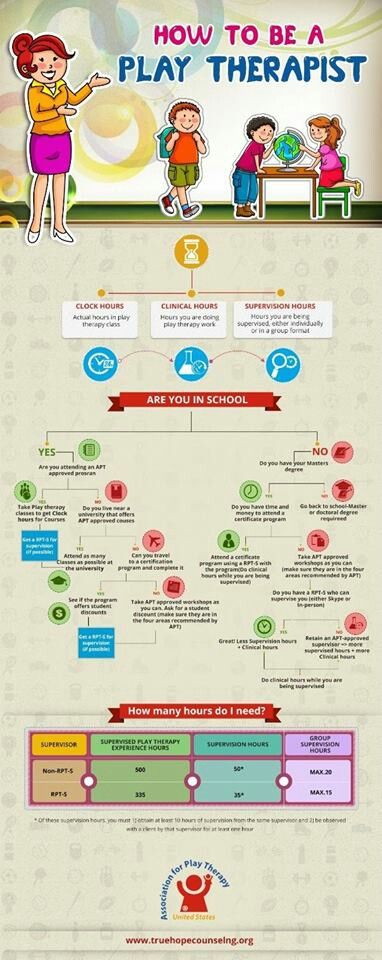 3 %
3 %
Psychology
24.5 %
School Counseling
Child And Adolescent Therapist Degrees
Masters
47.6 %
Bachelors
46.0 %
Associate
Top Colleges for Child And Adolescent Therapists
1. Boston University
Boston, MA • Private
In-State Tuition
$53,948
Enrollment
17,238
2. University of Pennsylvania
Philadelphia, PA • Private
In-State Tuition
$55,584
Enrollment
10,764
3. University of North Carolina at Chapel Hill
Chapel Hill, NC • Private
In-State Tuition
$8,987
Enrollment
18,946
4. University of Southern California
Los Angeles, CA • Private
In-State Tuition
$56,225
Enrollment
19,548
5. California State University - Long Beach
Long Beach, CA • Private
In-State Tuition
$6,798
Enrollment
31,503
6. San Diego State University
San Diego, CA • Private
In-State Tuition
$7,488
Enrollment
30,018
7.
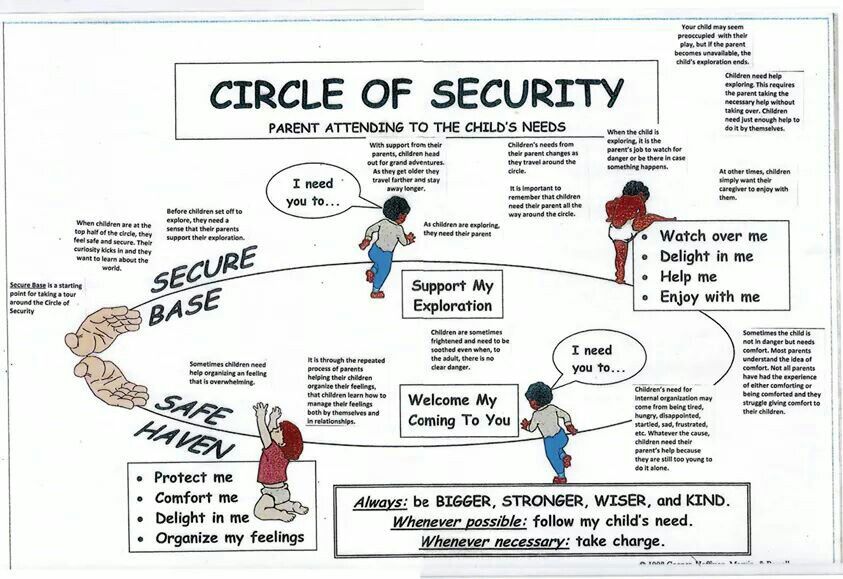 Boston College
Boston CollegeChestnut Hill, MA • Private
In-State Tuition
$55,464
Enrollment
9,639
8. Florida State University
Tallahassee, FL • Private
In-State Tuition
$5,656
Enrollment
32,072
9. Hunter College of the City University of New York
New York, NY • Private
In-State Tuition
$7,182
Enrollment
16,205
10. University of Central Florida
Orlando, FL • Private
In-State Tuition
$6,368
Enrollment
58,392
The skills section on your resume can be almost as important as the experience section, so you want it to be an accurate portrayal of what you can do. Luckily, we've found all of the skills you'll need so even if you don't have these skills yet, you know what you need to work on. Out of all the resumes we looked through, 24.2% of child and adolescent therapists listed social work on their resume, but soft skills such as communication skills and emotional skills are important as well.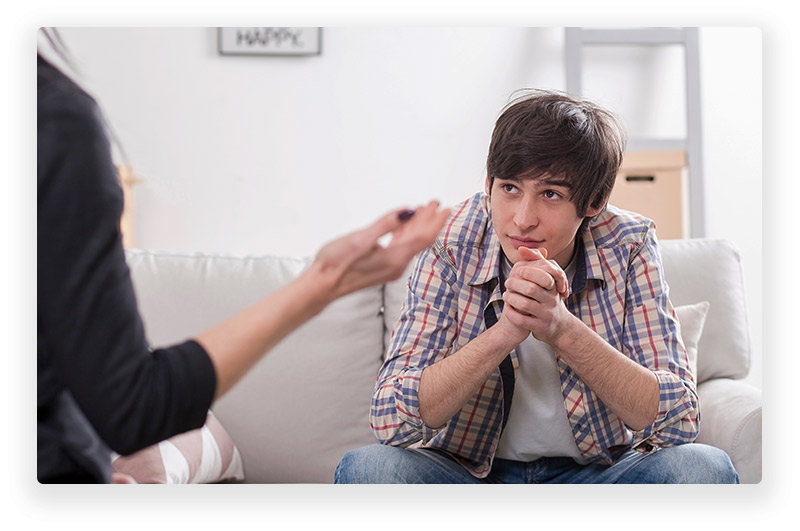
- Social Work, 24.2%
- Patients, 8.6%
- Substance Abuse, 8.5%
- Community Resources, 4.1%
- Group Therapy Sessions, 4.0%
- Other Skills, 50.6%
Choose From 10+ Customizable Child And Adolescent Therapist Resume templates
Zippia allows you to choose from different easy-to-use Child And Adolescent Therapist templates, and provides you with expert advice. Using the templates, you can rest assured that the structure and format of your Child And Adolescent Therapist resume is top notch. Choose a template with the colors, fonts & text sizes that are appropriate for your industry.
Child And Adolescent Therapist Demographics
Child And Adolescent Therapist Gender Distribution
Female
After extensive research and analysis, Zippia's data science team found that:
- Among child and adolescent therapists, 79.1% of them are women, while 20.9% are men.
- The most common race/ethnicity among child and adolescent therapists is White, which makes up 80.
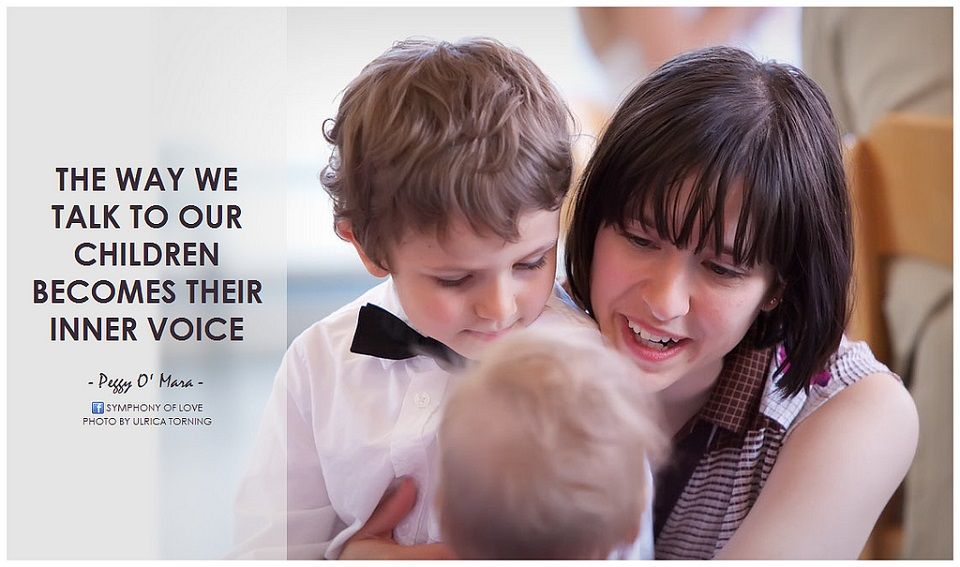 9% of all child and adolescent therapists.
9% of all child and adolescent therapists.
- The most common foreign language among child and adolescent therapists is Spanish at 58.5%.
Work Experience Programs For Child And Adolescent Therapists
Virtual work experience programs replicate work at top companies and help you gain the skills to be successful when applying and working there. In only a few hours, learn the relevant tools necessary to complete a typical work day at that company. Virtual work experience programs are 100% free, open-access, and self-paced. No experience or application is required!
Finance and Mergers & Acquisitions Program
Company: Ashurst UK
Cost: Free
Duration: 4-5 hours
See Program Details
Law and Fintech Program
Company: Freshfields UK
Cost: Free
Duration: 4-6 hours
See Program Details
Client Research and Problem Identification Program
Company: Accenture North America
Cost: Free
Duration: 4-5 hours
See Program Details
Wealth Management Program
Company: Goodbody
Cost: Free
Duration: 5-6 hours
See Program Details
Intellectual Property and Competition Program
Company: Ashurst UK
Cost: Free
Duration: 5-6 hours
See Program Details
Careers in Government Program
Company: NSW Government Virtual Program
Cost: Free
Duration: 1-2 hours
See Program Details
Business and Human Rights Program
Company: Clifford Chance
Cost: Free
Duration: 7.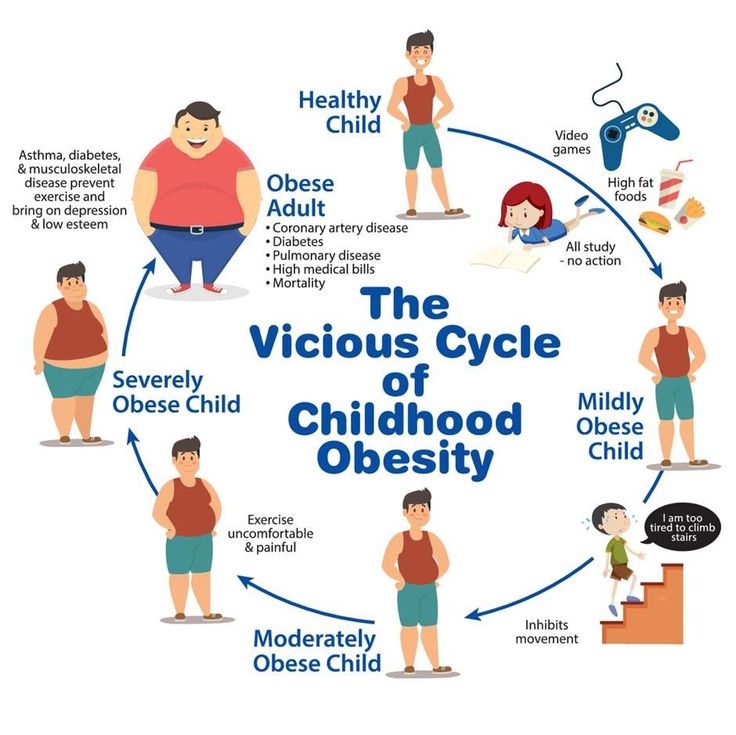 5-8.5 hours
5-8.5 hours
See Program Details
Strategy Consulting Program
Company: Accenture Australia
Cost: Free
Duration: 5-6 hours
See Program Details
Engaging the community Program
Company: Teach for Australia
Cost: Free
Duration: 2 hours
See Program Details
Public Health Policy & Management Program
Company: Australasian Society for HIV, Viral Hepatitis and Sexual Health Medicine
Cost: Free
Duration: 5-6 hours
See Program Details
Online Courses For Child And Adolescent Therapist That You May Like
Advertising Disclosure The courses listed below are affiliate links. This means if you click on the link and purchase the course, we may receive a commission.
School Health for Children and Adolescents
Children and adolescents spend so much of their time in school regardless of where they live in the world. Health and learning are closely connected in the school setting, where good health and healthy practices create the optimal conditions for students’ academic success. And the contrary is also true: poor heath and unhealthy practices build tall barriers to student learning.\n\nThe courses of this specialization are designed to equip learners to manage common health conditions including...
And the contrary is also true: poor heath and unhealthy practices build tall barriers to student learning.\n\nThe courses of this specialization are designed to equip learners to manage common health conditions including...
View Details on Coursera
Global Adolescent Health
This course will explore the dynamic factors affecting the health and wellbeing of young people around the world, and how important it is for individuals, communities and nations that we improve the health and life chances of this important population group. With over 25% of the world’s population aged between 10 and 24 years, today’s generation of young people is the largest in human history. As the future leaders and drivers of growth, productivity and innovation, young people are our...
View Details on Coursera
Internationally Accredited Certificate in Art Therapy
(451)
Become Professional Art Therapist with this Therapeutic Art Therapy Course / Masterclass for Healing and Life Coaching. ..
..
View Details on Udemy
Show More Child And Adolescent Therapist CoursesJob type you want
Full Time
Part Time
Internship
Temporary
How Do Child And Adolescent Therapist Rate Their Jobs?
Do you work as a Child And Adolescent Therapist?
Rate how you like work as Child And Adolescent Therapist. It's anonymous and will only take a minute.
Top Child And Adolescent Therapist Employers
- Zippia Careers
- Community and Social Services Industry
- Child And Adolescent Therapist
Updated September 9, 2022
How to Become a Child Psychologist • BUOM
July 23, 2021
If you are interested in mental health and enjoy being around children, you may want to consider working in mental health as a child psychologist. Mental health is a predominant problem not only for adults, but many children often experience emotional and behavioral problems. As a child psychologist, you can help children and teens solve problems that affect their daily lives. In this article, we discuss what a child psychologist does and how to become one. nine0003
In this article, we discuss what a child psychologist does and how to become one. nine0003
What does a child psychologist do?
Child psychologists assess and treat the mental health needs of children and adolescents. They help children cope with things like family transition, divorce, school transfer, and grief. Children treated by a child psychologist can have many different developmental problems, from severe mental illness to learning problems. The following is a partial list of problems treated:
-
Adjustment Disorder
-
Syndrome of attention deficiency and hyperactivity
-
phobia
-
Obsession and compulsive disorder
-
Autismal spectrum disorder
The child psychologist evaluates complex symptoms, which may be a small patient, and then becomes a small patient, and then becomes a small patient, and then becomes a small patient. diagnosis. Child psychologists have more experience in conducting psychological tests than many other mental health professionals.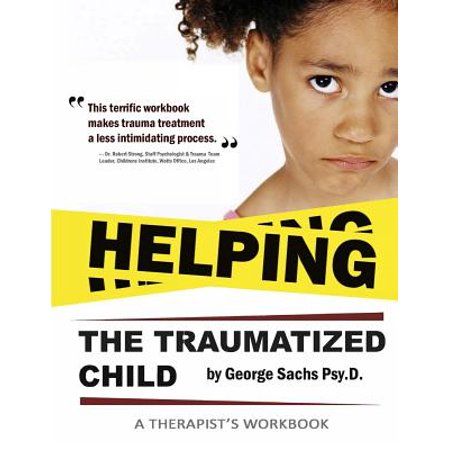 nine0003
nine0003
Types of children's psychologists
These specialists can specialize in various fields of child psychology, including:
-
Educational Psychology
-
Clinical Psychology
-
Teenage Psychology
- 9000
-
Abnormal child psychology.
Developmental child psychology
Educational psychology
Child psychologists in education focus on improving teaching and learning processes in schools by proposing changes in classrooms and curricula that best suit children's mental health needs. Some positions in this area:
-
Educational Design Consultant
-
Program Evaluator
-
Program Implementation Coordinator
Clinical Child Psychology
Clinical child psychologists work with children, assessing, diagnosing, and treating children and adolescents with psychological or developmental disabilities, and conduct academic and scientific research.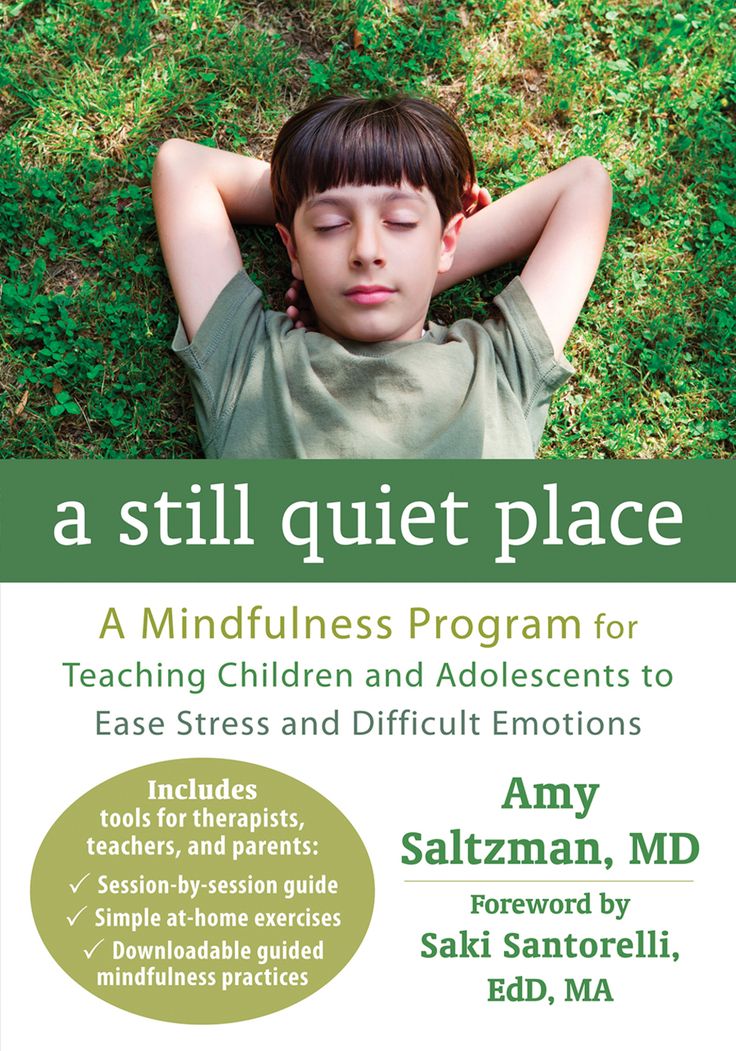 Some positions in this field:
Some positions in this field:
-
Professional Researcher
-
Licensed Child Psychologist.
-
Clinical child therapist
Adolescent psychology
Adolescent psychologists work with preadolescent and adolescent patients through psychotherapy and the creation of a behavior modification framework and therapeutic modalities in constant contact with parents and other supporters of the patients. Some positions in this area:
-
Adolescent Therapist
-
Licensed Counseling Psychologist
-
Visiting Psychologist
School Psychology
School psychologists work with children's mental health issues in the school or educational environment and decide whether a child is eligible for government programs. Some positions in this area:
-
School Therapist
-
School Counselor
-
Certified School Psychologist.
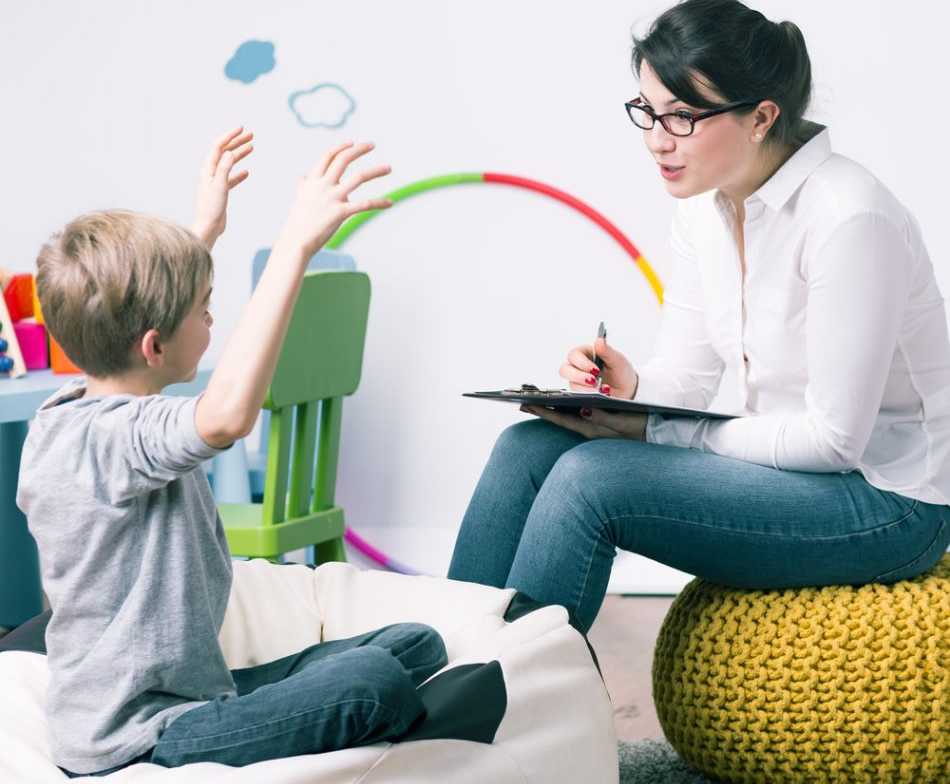
Developmental Child Psychology
Child developmental psychologists seek to better understand children's behavior through research. Some positions in this area:
-
Teacher of child developmental psychology
-
Art therapist
-
Professional researcher
Abnormal child psychology.
Child psychologists-anomalies treat unusual problems that occur in children due to physical abuse, emotional abuse or some other trauma. Sometimes they work with young adult clients. Some positions in this area:
-
Abnormal professor of child psychology
-
Behavioral health specialist
-
Mental health specialist
Average salary
In the US, the average salary of a psychologist is $19 per year. Salary may vary depending on education, experience, employer, specialty and location.
How to become a child psychologist
As a rule, these are the necessary steps to become a child psychologist:
1.
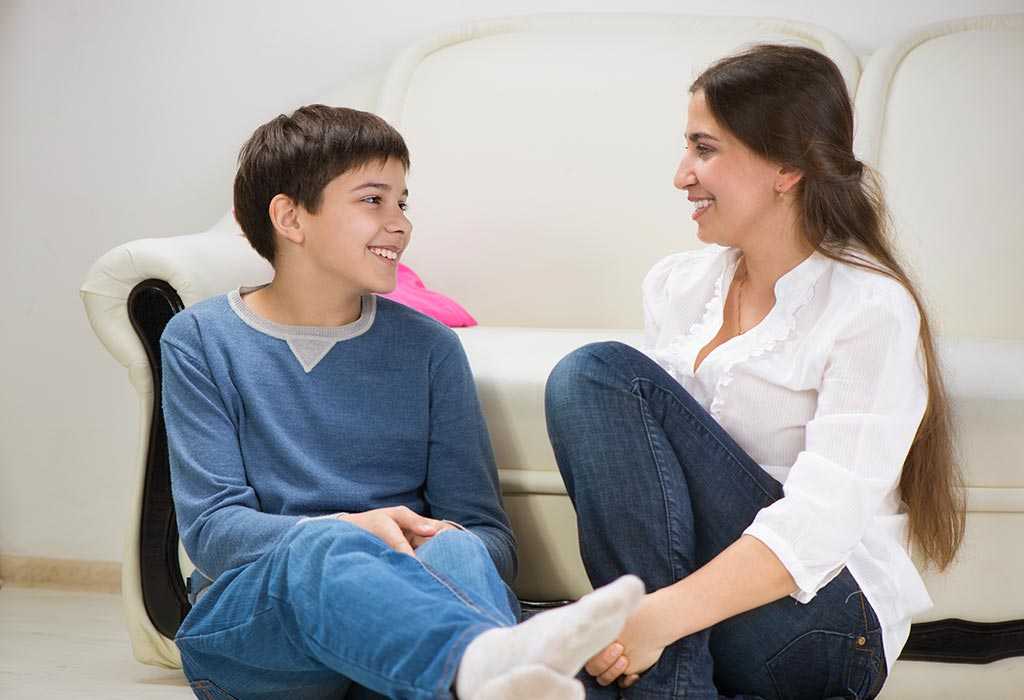 Complete a relevant undergraduate program
Complete a relevant undergraduate program At the undergraduate level, there are not many psychology programs that specialize in children. However, a bachelor's degree in general psychology or counseling gives you the foundation for more advanced child psychology coursework in the future.
General psychology studies are immersed in an interdisciplinary curriculum that includes liberal arts and science courses. As a psychology specialist, you will have the classroom teaching, research, and laboratory skills required for graduate programs. nine0003
With counseling as your primary focus, your coursework will instill the concepts of cultural awareness, communication, and emotional intelligence. You will also be taught social theory and receive theoretical knowledge about cognitive and human development.
Complete an undergraduate program that offers courses that graduate school admissions committees want to see on transcripts. These may include classes such as:
-
Child Development
-
neuropsychology
2.
 Apply for graduate school
Apply for graduate school A master's or doctoral degree is usually required for work in child psychology. However, if you wish to practice in private, licensing regulations will require you to hold a Ph.D.
With a master's degree, you will have the authority of a mental health consultant, but you will not be able to conduct psychological testing. To become a licensed psychologist, you must have a doctorate. or Psy.D. degree for evaluation and direct diagnosis of patients. nine0003
If you want to get a doctorate, you do not need to take a master's degree in advance. Earning a master's degree will be an important milestone in your work on your doctoral degree. through graduate coursework. Master's programs place a significant emphasis on psychological theories and research.
A master's degree requires two to three years of full-time coursework. You have the option of earning a Master of Science or Master of Arts degree. If you want to focus on research, a Master of Science degree is the way to go.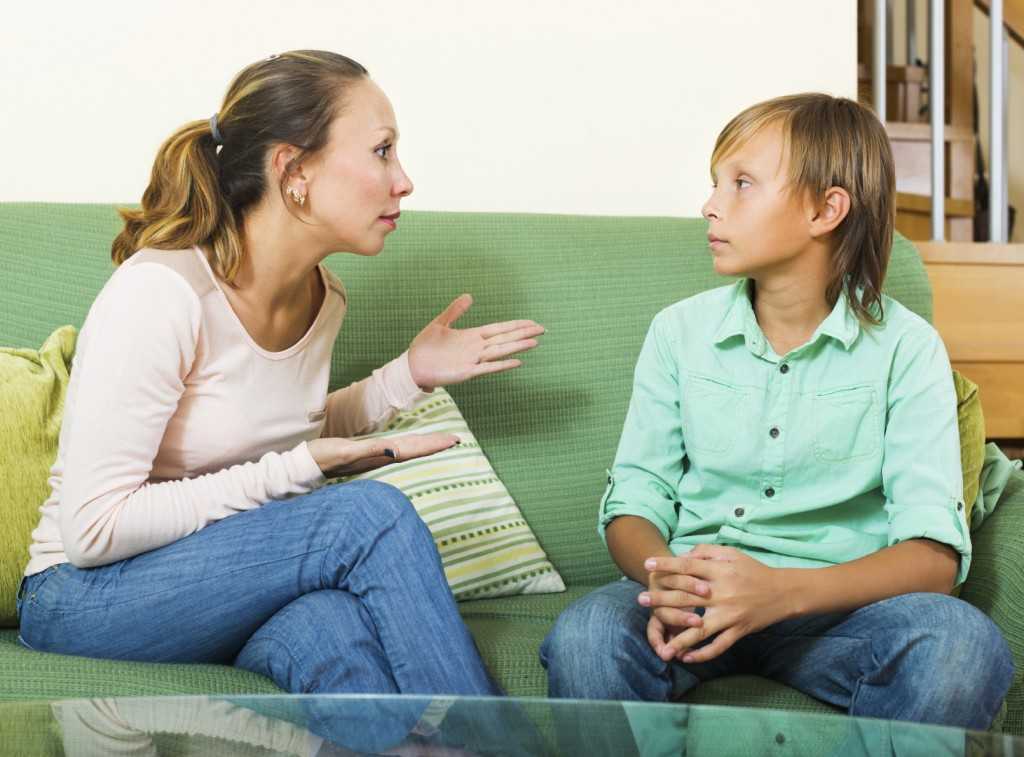 nine0003
nine0003
Doctoral programs take between five and seven years of study. The usual course of study for a child psychologist is a doctoral degree. in clinical psychology with a concentration in child development or clinical child psychology. If you have already completed a master's program, then there is an opportunity to get a degree a year earlier.
Advanced doctoral coursework has a structure that equips students with skills in cognitive, biological and behavioral approaches to child psychology. Doctoral programs require the completion of a dissertation for higher education, which includes independent and substantive research in the field. nine0003
3. Complete an internship or practice
Most graduate programs, especially doctoral programs, require students to complete a supervised internship as part of their studies. An experienced child psychologist will review your work and find out how much you know before signing off on the end of the internship. This may take a year or more, but many states require this supervised hands-on experience.
4. Apply for license
Your license will designate you as either a clinical psychologist or a licensed psychologist. Because all states require a license to practice psychology, the requirements typically include holding a degree, gaining practical experience in the field, and passing a written exam. In most cases, the Association of State and Provincial Psychologists conducts an examination for professional psychological practice.
5. Get Certified
You can start a postdoctoral fellowship in a role related to child psychology after you get your license. One or two years in this position will prepare you for the American Board of Clinical Child and Adolescent Psychology (ABCCAP) exam. Here are the steps to certify the board with ABCCAP:
-
Your PhD must be from an APA-approved program.
-
Your license must be in your jurisdiction of practice.
-
You must complete an internship of one or two years and at least two years of work experience after the internship.

-
Finally, you must pass the ABCCAP exam to be eligible for board certification.
You will also have the opportunity to become an American Board of Professional Psychologist (ABPP) certified psychologist. There are requirements for experience and education, plus an exam. The application process involves submitting practice samples, which ABPP reviews before accepting you as a candidate. If the board approves your application, you will be able to take the certification exam. nine0003
6. Apply for a job as a child psychologist
Once you have received the proper education and license to practice, look for work in various organizations. Places such as research centers or universities, psychiatric clinics, hospitals, and legal organizations employ child psychologists. Research each organization and choose the one that suits you best.
FAQ
Here are answers to the most common questions about the role in child psychology:
How long does it take to become a child psychologist?
The duration of the child psychology training program depends on the degree.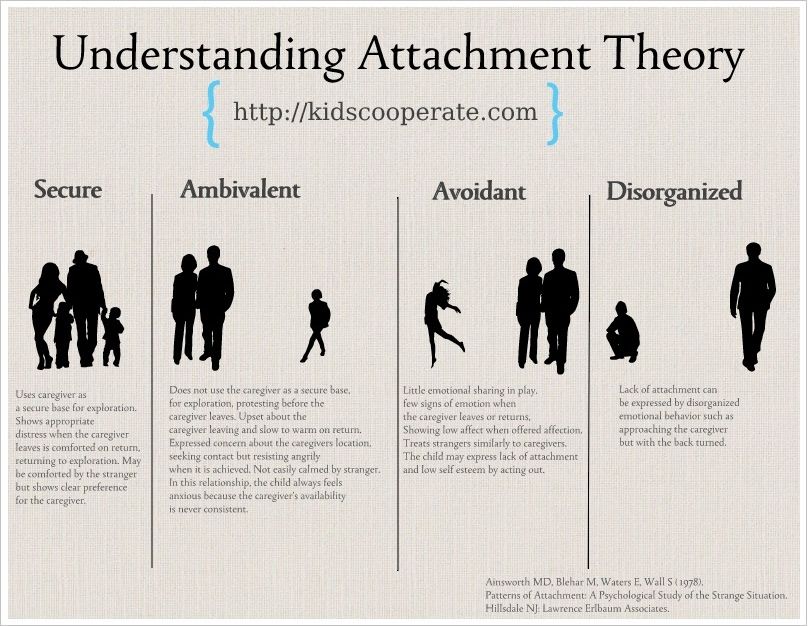 Most master's programs can take two to three years to complete, while doctoral programs take a minimum of four years to complete, and often up to six years.
Most master's programs can take two to three years to complete, while doctoral programs take a minimum of four years to complete, and often up to six years.
Are child psychologists in demand?
According to the Bureau of Labor Statistics, jobs in this field are projected to grow by 14% through 2028, which is above average. nine0003
What is the difference between a child psychotherapist and a child psychologist?
A child psychologist often works with a psychiatrist, who prescribes medication if needed to treat the patient. A child therapist helps children make decisions and understand emotions in order to solve their problems.
Where does a child psychologist work?
Child psychologists work in places such as schools, hospitals and doctors' offices. They may work in medical facilities, government centers or have their own private practice. nine0003
Jobs similar to child psychologists
If you are interested in becoming a child psychologist or other position in the field of psychology, there are many job options you can choose from. Here are 10 psychologist jobs to consider:
Here are 10 psychologist jobs to consider:
1. Psychologist
2. Behavioral Therapist
3. Psychometrician
4. Child Therapist
5. Family Behavioral Health Counselor
6. Behavioral Health Nurse
7. Child and adolescent psychiatrist
8. Social worker
9. Professor of psychology
10. Psychology researcher
Child chiropractor – who is it and what does it treat?
Children's chiropractor deals with the treatment and prevention of diseases of the spine, muscles and joints in children. This doctor, using special manual techniques , will help get rid of pain and discomfort in a child from an early age and improve the compensatory abilities of the child's body. Problems with the spine can occur at any age due to the harmful effects of external and internal factors, so it is very important to contact a competent specialist in a timely manner and start a full course of treatment. nine0003
Contents:
- What is included in the scope of the specialist
- How to choose a good doctor
- How to understand that a child needs the help of a chiropractor
- Features of the appointment with a specialist
Diagnosis and treatment of pathologies of the musculoskeletal system in young patients should be carried out exclusively by a certified doctor with extensive experience. Self-treatment or referral to a self-taught osteopath can lead to serious health problems for the crumbs and a deterioration in his quality of life. nine0003
What the specialist does
Pediatric chiropractors must first obtain a higher medical education in the specialty "neurologist" or "orthopedic traumatologist". After that, the doctor completes the manual therapy course and can begin to practice to help young patients cope with various diseases of the musculoskeletal system. The gentle impact of manual techniques on the child's body is an effective method not only for treatment, but also for the prevention of various pathological processes. nine0003
After that, the doctor completes the manual therapy course and can begin to practice to help young patients cope with various diseases of the musculoskeletal system. The gentle impact of manual techniques on the child's body is an effective method not only for treatment, but also for the prevention of various pathological processes. nine0003
You should contact a pediatric chiropractor if you have the following diseases:
- Congenital muscular torticollis. Pathology occurs against the background of abnormal development of the sternocleidomastoid muscle in the prenatal period. Often, the pathological process is aggravated due to intranatal trauma.
- Anomalies in the development of the spinal column that do not require surgical treatment, as well as the rehabilitation period after spinal surgery in a child. nine0011 Violations of posture in children of primary school and adolescence.
- Sequelae of birth trauma in neonates and infants.
- Injuries and fractures of the spinal column in children.

- Genetically determined diseases of muscles and bones.
- Congenital and acquired joint pathologies.
- Diseases of internal organs.
- Osteochondrosis.
Children's manual therapy can significantly improve the prognosis for the above diseases, and also helps to improve the child's condition and improve his quality of life. A consultation with a good therapist is necessary to make the correct diagnosis for the child and determine the tactics of his further treatment. nine0003
How to choose a good doctor
It is very important to find a highly qualified and experienced chiropractor, because the health and well-being of your child depends on him. Reception of such specialists occurs, as a rule, on the basis of specialized centers and private clinics.
Make an appointment with a chiropractor in advance, as the services of this doctor are in high demand, and the appointment can be filled for many weeks in advance.
You can also get a referral for a chiropractic consultation from your pediatrician, neurologist or surgeon.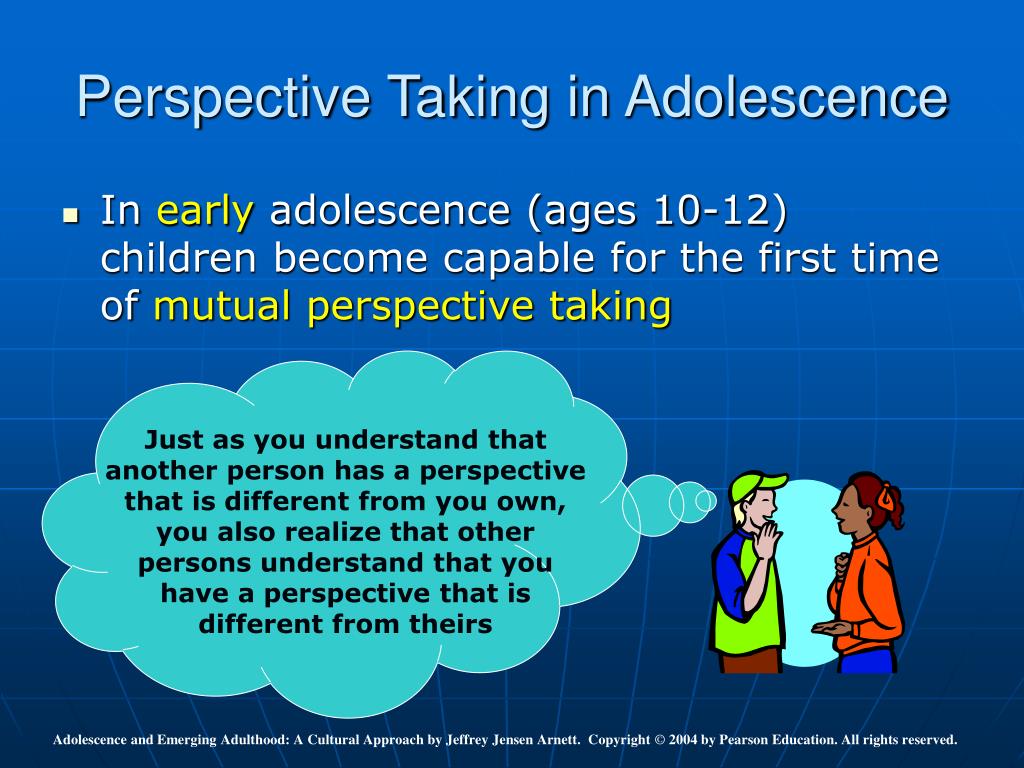 Since for children a chiropractor is a specialist with whom the baby will communicate for a long time, you should approach his choice with all seriousness. In addition to relevant education and qualifications, a pediatric chiropractor must find an individual approach to the child , be patient and gentle in dealing with often capricious patients.
Since for children a chiropractor is a specialist with whom the baby will communicate for a long time, you should approach his choice with all seriousness. In addition to relevant education and qualifications, a pediatric chiropractor must find an individual approach to the child , be patient and gentle in dealing with often capricious patients.
Children's chiropractor must have a deep knowledge of the anatomy and physiology of the whole body, since the impact on muscles and joints with hands affects the state of many organs and systems. For children, soft and sparing manual techniques are used, so the hands of a pediatric therapist should be as sensitive as possible , and the movements should be precise and precise. Another distinguishing feature of a highly qualified specialist is the constant improvement of his knowledge and skills. Therefore, before bringing a child to a chiropractor, make sure that he meets all the necessary requirements. nine0003
How to understand that a child needs the help of a chiropractor
Recognizing the symptoms of disorders in the musculoskeletal system in children of the first year of life is quite difficult. Crying during movements, performing gymnastics for newborns can alert parents. As your baby matures, they may develop joint mobility limitations or developmental delays . You should also pay close attention to the position of the child while sitting, crawling or walking. If you have the slightest suspicion, you should immediately consult a pediatrician and go for an examination to a therapist. nine0003
Crying during movements, performing gymnastics for newborns can alert parents. As your baby matures, they may develop joint mobility limitations or developmental delays . You should also pay close attention to the position of the child while sitting, crawling or walking. If you have the slightest suspicion, you should immediately consult a pediatrician and go for an examination to a therapist. nine0003
For infants, manual therapy is just as beneficial as it is for older children and adults.
With the help of a mild effect on muscles and joints, the trophism of problem areas improves, the body's regenerative forces are stimulated. Starting from preschool age, children can already independently describe the symptoms that bother them. It can be pain in the spine, muscles, joints, headaches, general weakness and increased fatigue.
Peculiarities of appointment with a specialist
Before the therapist performs manual procedures, he performs a comprehensive examination of the problem area.